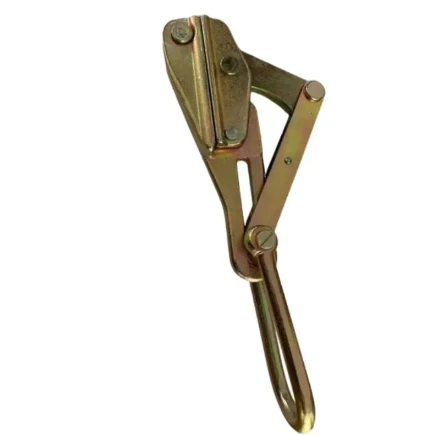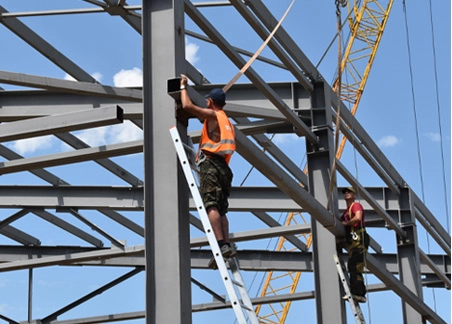
-
 Afrikaans
Afrikaans -
 Albanian
Albanian -
 Amharic
Amharic -
 Arabic
Arabic -
 Armenian
Armenian -
 Azerbaijani
Azerbaijani -
 Basque
Basque -
 Belarusian
Belarusian -
 Bengali
Bengali -
 Bosnian
Bosnian -
 Bulgarian
Bulgarian -
 Catalan
Catalan -
 Cebuano
Cebuano -
 Corsican
Corsican -
 Croatian
Croatian -
 Czech
Czech -
 Danish
Danish -
 Dutch
Dutch -
 English
English -
 Esperanto
Esperanto -
 Estonian
Estonian -
 Finnish
Finnish -
 French
French -
 Frisian
Frisian -
 Galician
Galician -
 Georgian
Georgian -
 German
German -
 Greek
Greek -
 Gujarati
Gujarati -
 Haitian Creole
Haitian Creole -
 hausa
hausa -
 hawaiian
hawaiian -
 Hebrew
Hebrew -
 Hindi
Hindi -
 Miao
Miao -
 Hungarian
Hungarian -
 Icelandic
Icelandic -
 igbo
igbo -
 Indonesian
Indonesian -
 irish
irish -
 Italian
Italian -
 Japanese
Japanese -
 Javanese
Javanese -
 Kannada
Kannada -
 kazakh
kazakh -
 Khmer
Khmer -
 Rwandese
Rwandese -
 Korean
Korean -
 Kurdish
Kurdish -
 Kyrgyz
Kyrgyz -
 Lao
Lao -
 Latin
Latin -
 Latvian
Latvian -
 Lithuanian
Lithuanian -
 Luxembourgish
Luxembourgish -
 Macedonian
Macedonian -
 Malgashi
Malgashi -
 Malay
Malay -
 Malayalam
Malayalam -
 Maltese
Maltese -
 Maori
Maori -
 Marathi
Marathi -
 Mongolian
Mongolian -
 Myanmar
Myanmar -
 Nepali
Nepali -
 Norwegian
Norwegian -
 Norwegian
Norwegian -
 Occitan
Occitan -
 Pashto
Pashto -
 Persian
Persian -
 Polish
Polish -
 Portuguese
Portuguese -
 Punjabi
Punjabi -
 Romanian
Romanian -
 Russian
Russian -
 Samoan
Samoan -
 Scottish Gaelic
Scottish Gaelic -
 Serbian
Serbian -
 Sesotho
Sesotho -
 Shona
Shona -
 Sindhi
Sindhi -
 Sinhala
Sinhala -
 Slovak
Slovak -
 Slovenian
Slovenian -
 Somali
Somali -
 Spanish
Spanish -
 Sundanese
Sundanese -
 Swahili
Swahili -
 Swedish
Swedish -
 Tagalog
Tagalog -
 Tajik
Tajik -
 Tamil
Tamil -
 Tatar
Tatar -
 Telugu
Telugu -
 Thai
Thai -
 Turkish
Turkish -
 Turkmen
Turkmen -
 Ukrainian
Ukrainian -
 Urdu
Urdu -
 Uighur
Uighur -
 Uzbek
Uzbek -
 Vietnamese
Vietnamese -
 Welsh
Welsh -
 Bantu
Bantu -
 Yiddish
Yiddish -
 Yoruba
Yoruba -
 Zulu
Zulu


مارس . 11, 2025 07:57 Back to list
Saddle Wire Clamps - Secure Heavy-Duty Winch & Cable Clamping Solutions
- Understanding the Essentials of Saddle Wire Clamp Technology
- Key Features That Differentiate Premium Wire Clamps
- Performance Metrics: How Leading Brands Compare
- Customization Options for Industry-Specific Needs
- Real-World Applications Across Multiple Sectors
- Installation Best Practices for Long-Term Durability
- Why Saddle Wire Clamps Are Critical for Modern Industries

(saddle wire clamp)
Understanding the Essentials of Saddle Wire Clamp Technology
Saddle wire clamps, winch wire clamps, and wire C clamps are foundational components in load-securing systems. These devices ensure tension stability for cables, wires, and ropes in industries ranging from construction to marine engineering. Unlike generic fasteners, saddle clamps utilize a double-saddle design to distribute stress evenly, reducing wear by up to 40% compared to single-bolt alternatives. Advanced models integrate hardened steel alloys with tensile strengths exceeding 1,200 MPa, making them indispensable for high-stress environments.
Key Features That Differentiate Premium Wire Clamps
Superior wire clamps prioritize corrosion resistance, load capacity, and ease of installation. For example, galvanized or stainless steel variants withstand harsh weather conditions, while aluminum options offer lightweight solutions without compromising strength. A premium saddle wire clamp
typically supports load capacities between 2,000 lbs and 8,000 lbs, depending on wire diameter and material. Additionally, ergonomic bolt designs reduce installation time by 30%, a critical factor in time-sensitive projects.
Performance Metrics: How Leading Brands Compare
| Brand | Max Load (lbs) | Material | Corrosion Resistance | Price Range ($) |
|---|---|---|---|---|
| Brand A | 7,500 | Stainless Steel 316 | 5/5 | 12–18 |
| Brand B | 6,200 | Hot-Dip Galvanized | 4/5 | 8–14 |
| Brand C | 8,000 | Titanium Alloy | 5/5 | 22–30 |
Customization Options for Industry-Specific Needs
Manufacturers now offer tailored solutions for sectors like aerospace, offshore drilling, and telecommunications. Custom saddle clamps can be engineered to accommodate non-standard wire diameters (e.g., 0.25” to 2.5”) or unique environmental demands, such as saltwater immersion or extreme temperatures. For instance, one marine equipment provider reported a 30% increase in clamp lifespan after switching to bespoke titanium-coated units.
Real-World Applications Across Multiple Sectors
- Construction: Securing suspension cables in bridge frameworks.
- Marine: Anchoring winch systems on cargo ships.
- Energy: Stabilizing transmission lines in wind farms.
- Telecom: Maintaining tension in aerial fiber-optic networks.
Installation Best Practices for Long-Term Durability
Proper installation is critical to maximize clamp efficiency. Always align the saddle groove with the wire’s direction, and torque bolts to the manufacturer’s specifications—typically between 25 Nm and 50 Nm. Over-tightening can deform the clamp, reducing load capacity by up to 20%. Regular inspections every 6–12 months are recommended, especially in corrosive environments.
Why Saddle Wire Clamps Are Critical for Modern Industries
In an era where operational safety and efficiency are non-negotiable, saddle wire clamps provide a robust solution for dynamic load management. Their adaptability to custom requirements and proven performance in extreme conditions make them a cornerstone of industrial infrastructure. As technologies evolve, expect advancements like IoT-enabled load monitoring to further integrate with these essential components.

(saddle wire clamp)
FAQS on saddle wire clamp
Q: What is a saddle wire clamp used for?
A: A saddle wire clamp secures and stabilizes cables or wires on flat surfaces, such as poles or beams. It prevents movement and reduces stress on the wire. Ideal for electrical and telecommunication installations.
Q: How does a winch wire clamp differ from a standard wire clamp?
A: A winch wire clamp is designed for heavy-duty tensioning and securing wire ropes in winching systems. It features a rugged construction to handle high loads. Standard clamps focus on general-purpose cable management.
Q: Can a wire C clamp be reused after installation?
A: Yes, most wire C clamps are reusable if undamaged during removal. They typically use bolts or screws for easy disassembly. Ensure threads and components are intact before reuse.
Q: What materials are saddle wire clamps typically made from?
A: Saddle wire clamps are commonly made of galvanized steel or stainless steel for corrosion resistance. Some variants use aluminum for lightweight applications. Material choice depends on environmental conditions.
Q: When should I use a winch wire clamp instead of a saddle clamp?
A: Use a winch wire clamp for applications requiring tension control in winches, rigging, or towing. Saddle clamps are better for static wire positioning on structures. Match the clamp type to load and movement requirements.
Latest news
What Are Construction Tools and How Are They Used?
NewsJul.11,2025
Professional-Grade Duct Rodding Tools for Superior Cable Installation
NewsJul.11,2025
Enhancing Safety and Efficiency with Modern Hot Stick Solutions
NewsJul.11,2025
Empowering Cable Installation with Advanced Rodder Solutions
NewsJul.11,2025
Elevate Your Cable Installation Projects with Cable Pulling Tools
NewsJul.11,2025
Efficient Cable Handling Solutions: Cable Rollers for Sale
NewsJul.11,2025











